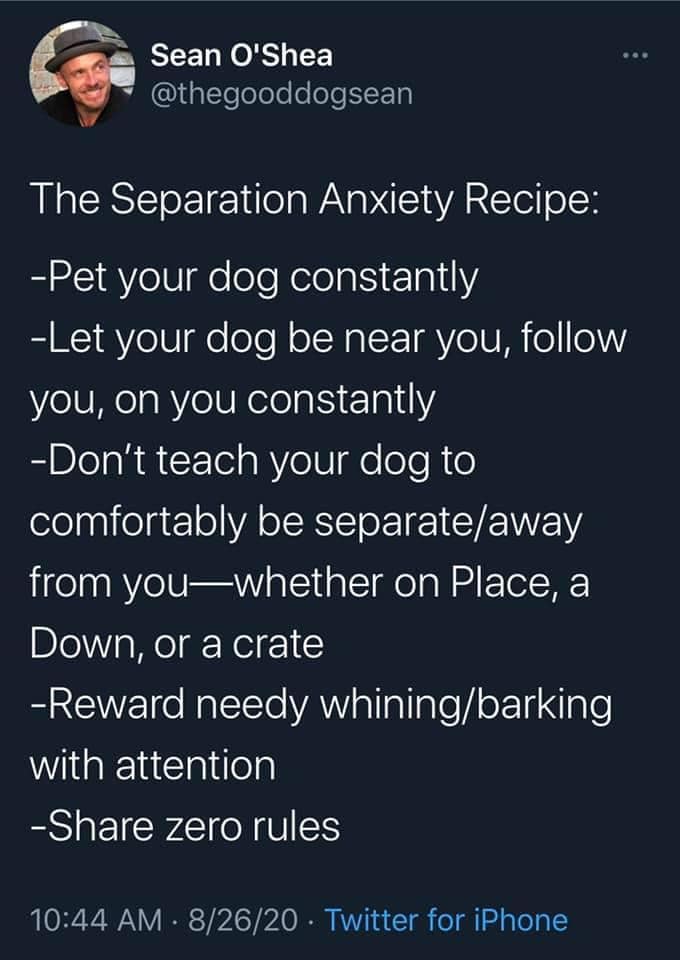Dog training is part of responsible dog ownership.
Here you will find info about training, training tips, and trainers we recommend. Training is a huge part of who we are and what we do at FHR. We want to show the best side of what our dogs (especially pit bull type dogs) can be.
Top 10 Reasons to Train your Dog
1. Strengthens your bond
2. Communication skills will grow between you and your pup
3. Fun for your family and your pooch
4. Decreases and/or eliminates behavior issues
5. Provides enrichment and stimulates your pup’s brain
6. Gives your dog a “job”
7. A trained dog is six times less likely to be surrendered or returned to a shelter
8. Builds confidence in shy and fearful dogs
9. Creates less work for you in the long run
10. Enhances safety and can even save your dog’s life
TRAINING TIPS
This section will be updated frequently.
CRATE YOUR DOG.
The humble dog crate could use a public relations makeover. Everything from its name to the way it looks suggests a mini-prison that dog must endure, like hard time in solitary confinement. Because of that, many pet parents are reluctant to embrace dog crates as a fundamental part of their dog’s life, particularly during puppyhood. But let’s take another look at the misunderstood crate … is it an instrument of torture, or a safe space that your can learn to love? Used properly, the crate is a lifesaver for both you and your dog, so let’s show some appreciation for this humble training tool.
- Crate training eases the struggles of house training.
- Crating stops unwanted behaviors.
- destruction
- potty accidents
- anxiety
- counter surfing
- getting in the trash/cat box
- harassing other pets
- jumping on the doors/windows
- It gives your dog a safe space
- Time out/nap time
- It keeps your dog safe!
So many behavior issues can be stopped very easily by simply crating your dog.

Separation Anxiety
From Sean O’Shea – The Good Dog
If you’d prefer the opposite of separation anxiety, do the opposite of the recipe. Let’s walk through it:-Don’t pet your dog constantly. (This doesn’t mean don’t pet your dog, it means don’t obsessively/unconsciously pet them into neediness and entitlement.)-Don’t let your dog constantly be near you, or follow you, or lay on your feet or lap. (This doesn’t mean your dog can’t do any of the these without issue, it means to be judicious about them and prevent needy/entitled behavior.)-Do teach your dog how to comfortably be away from you on. This is easily achieved with a Place or Down command away from you. Your dog should also be able to tolerate being in the crate when you’re home and away. (Of course this doesn’t mean your dog needs to always be away from you or in a crate—it means they should be able to comfortably tolerate all of the above.) -Don’t reward/reinforce needy, demanding, anxious whining or barking with attention—in the form of talking, petting, allowing your dog out of the crate or out of a command. Instead, correct whining or barking, so the cycle, wherever it emanates from, breaks and the dog can learn to relax. (Yes you can correct these things without creating the negative associations so many would have you fear.) -Create an environment that is rich in rules, structure, and leadership. Dogs who live in these kinds of environments are far less likely to be overly clingy, overly dependent, and overly demanding. (No you don’t have to live with your dog like it’s a military base. But you should strive to strike the balance between rules, structure, and leadership—and play, freedom, easygoing-ness.)Yes, you’ll see a theme of “entitlement anxiety” being used alongside separation anxiety above. Why? Because many owners don’t realize that what they perceive as being separation anxiety is actually “entitlement anxiety”. Said another way: a dog who desires something which it has been copiously granted prior, and is now being denied. Or, said yet another way: a dog who’s seen that certain behaviors work to create outcomes they desire—attempting to utilize said behaviors for desired results. Or said yet another, another way: a dog taught to be a demanding brat.Yes, separation anxiety exists, but so does “entitlement anxiety”. Both are created by our behavior. And luckily both are removed by it.

Trainers We Recommend:
Canine Connection
http://www.canineconnectionky.com
facebook.com/canineconnectionky
instagram.com/canineconnectionky
The Good Dog
https://www.facebook.com/TheGoodDogTraining
Solid K9 Training
https://www.facebook.com/SolidK9TrainingRI
